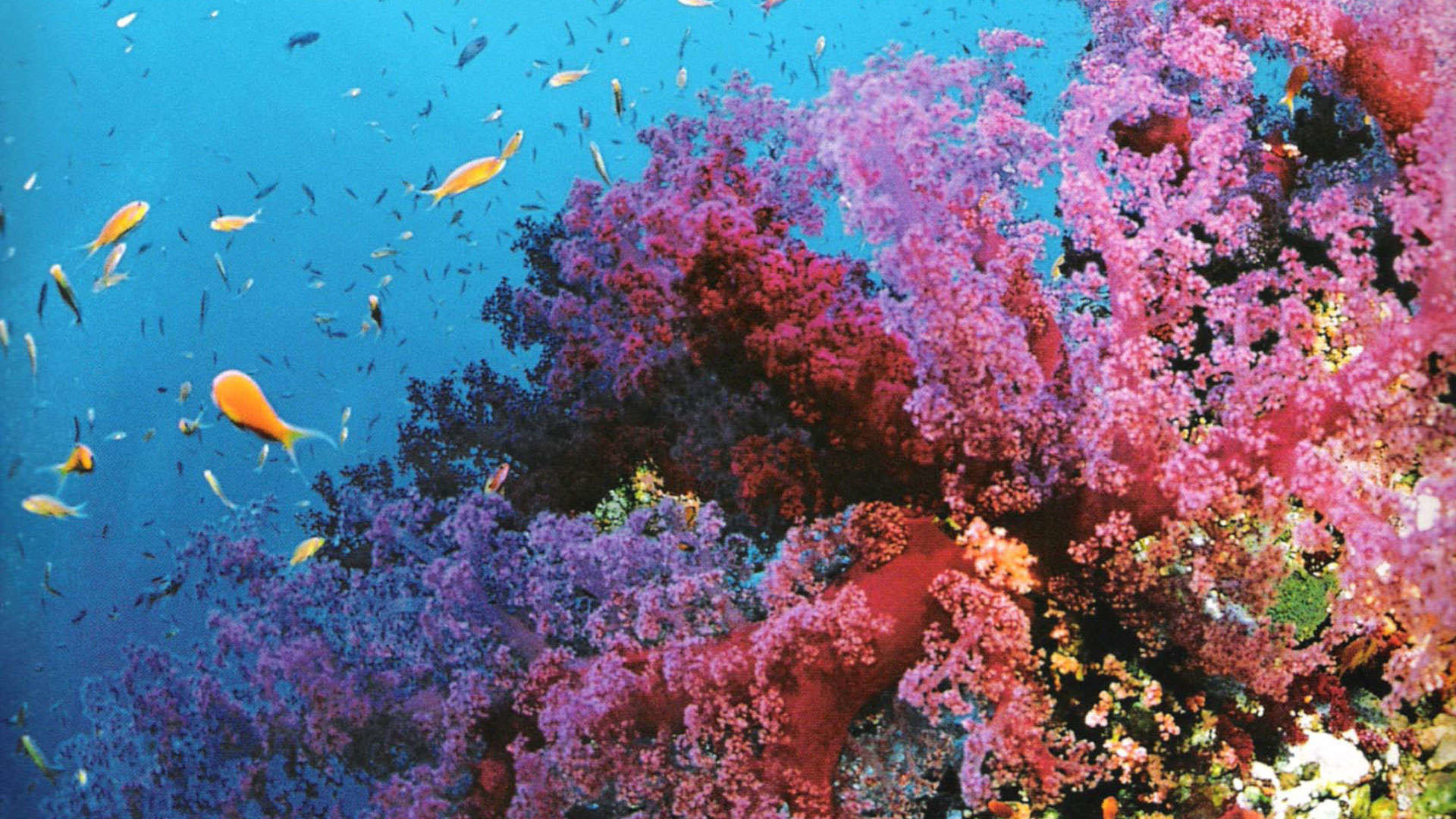
Coral Reef Backgrounds (54+ images)
Coral reefs are unique ecosystem structures built by invertebrate coral animals in partnership with a kind of algae. This algae gives corals some of their colors via chlorophyll, and other, more vivid colors result from gene expression in the coral. Coral types include hard coral and soft coral.
/GettyImages-521652072-5bb274e046e0fb00261cc14c.jpg)
Types, Functions, and Conservation of Coral Reefs
A coral reef is an underwater ecosystem characterized by reef-building corals.. in different species of zooxanthellae give them an overall brown or golden-brown appearance and give brown corals their colors. Other pigments such as reds, blues, greens, etc. come from colored proteins made by the coral animals..

[41+] Colorful Coral Reef Wallpaper
This is the driving force behind the growth and productivity of coral reefs. In addition to providing corals with essential nutrients, zooxanthellae are responsible for the unique and beautiful colors of many stony corals. Sometimes when corals become physically stressed, the polyps expel their zooxanthellae and the colony takes on a stark.

What is your favorite Zoanthid? Take the poll and see the results. It
Coral reefs are the most diverse of all marine ecosystems. They teem with life,. The zooxanthellae also provide much of the green, brown, and reddish colors that corals have. The less common purple, blue, and mauve colors found in some corals the coral makes itself. Coral Diversity.

What is a Coral Reef? (with pictures)
Aesthetically, I think we can agree that as ecosystems go, coral reefs are not too shabby. Coral reefs are characteristically colorful and visually dynamic, and coral reef ecosystems are brimming with diverse, multi-colored fish. The photo below captures just one example of the variations in shape, color, and size that make coral reefs so unique.

Genesis Nature Blog Coral Reef Habitats
Coral Reefs are amazing habitats; offering vibrant colors and the greatest biodiversity of any marine ecosystem on the planet. Some coral reefs are so large they are even visible from outer space! But coral reefs only occupy less than one tenth of one percent of the ocean floor. The National Park Service has ten parks with coral reefs.

Why did these colorful coral reefs shock scientists? From the Grapevine
The colors of the coral reef reflect its health and vitality, and can be altered by pollutants and human activities. Coral reefs face challenges like coral bleaching due to rising sea temperatures and pollution. Scientists and conservationists are working on innovative techniques like coral gardening to restore damaged coral reefs.
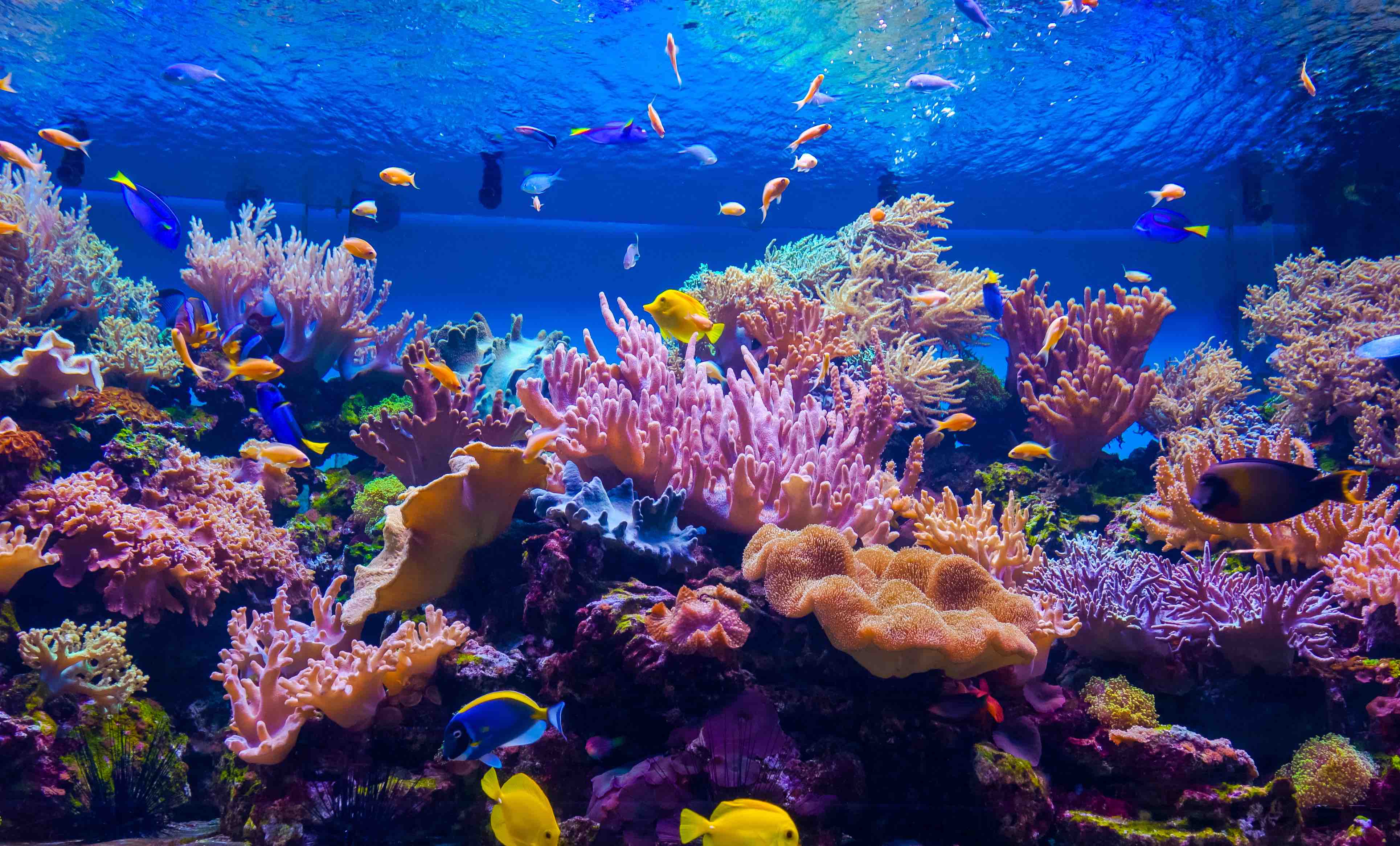
Dive Deep Into 50 Amazing Coral Reef Facts
Corals are small marine animals. The "hard" type of coral grows with the help of algae, which gives it color and nutrients that help it form a sturdy, stony skeleton. Reefs, which form through the accumulation of hard coral, are a vital ecosystem, supporting an estimated 25 percent of ocean species. Corals face threats including ocean acidification and rising temperatures, and National.

Coral Reef Color, Coral Colour Palette, Beach Color Palettes, Color
This is due to the fact that the coral is makingfluorescent molecules that act as antioxidants, capturing toxic oxygen radicals that threaten to damage cells. The information in this chapter is thanks to content contributions from Jaime Marsh and Haley Zanga. 7.4: Coral Reef Colors is shared under a CC BY-NC license and was authored, remixed.
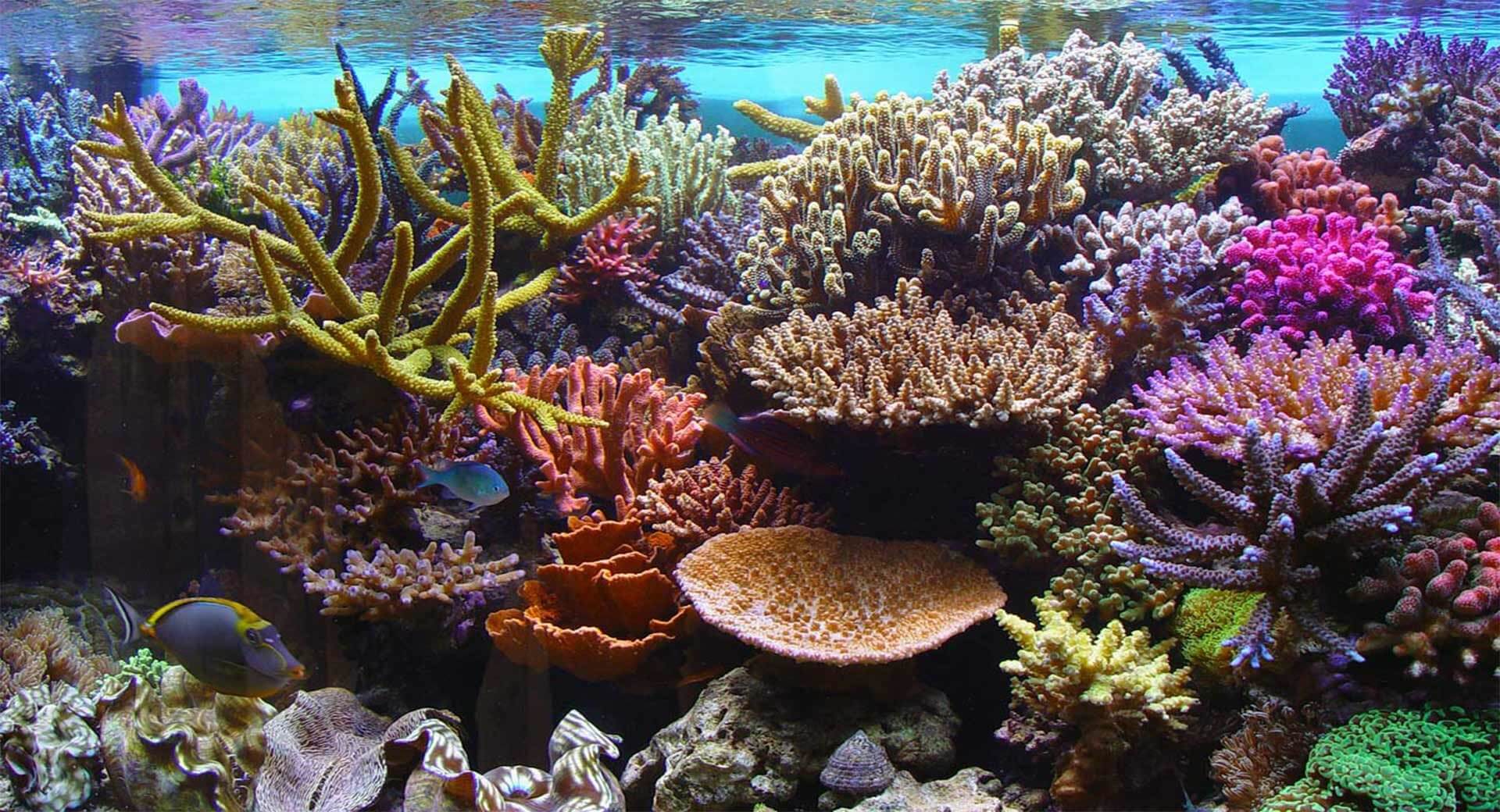
What is a coral reef for kids? Rankiing Wiki Facts, Films, Séries
That's why shallow-water reefs are bright with color and deeper coral tend to appear more gray-like. It has also been shown that injured corals often form colorful patches. This is due to the fact that the coral is making fluorescent molecules that act as antioxidants, capturing toxic oxygen radicals that threaten to damage cells.

Color Combination Coral Reef Canva's Design Wiki
All living corals have this green-brown color from the algae. But many corals appear much brighter. These corals also produce protein pigments. These can be a variety of colors, but most reflect light in purple, blue, green, or red. Some pigments are fluorescent. They absorb one color of light, in this case, blue.
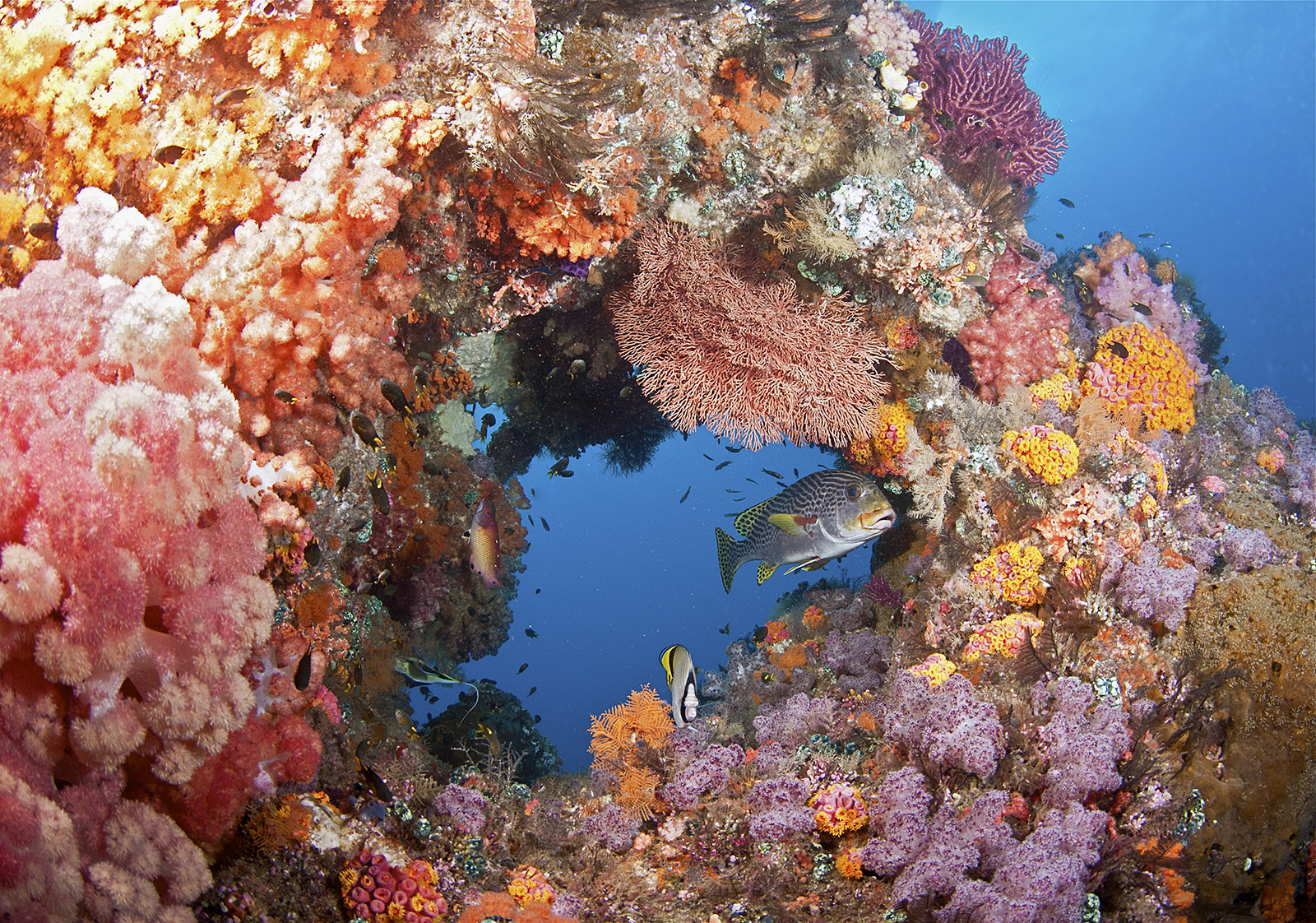
Celebrating Pantone’s 2019 Color of the Year Living Coral Ocean
Coral reef colors are an inspiration. No wonder why people continuously go down deep and marvel at the discovery of many coral reefs and marine life forms.In many inexplicable ways, coral reefs have always been a showcase of varying intensities of colors that are exclusive to its many inhabitants. Thankfully, man learned the skills of going into the water and marveling at its beauty, day in.
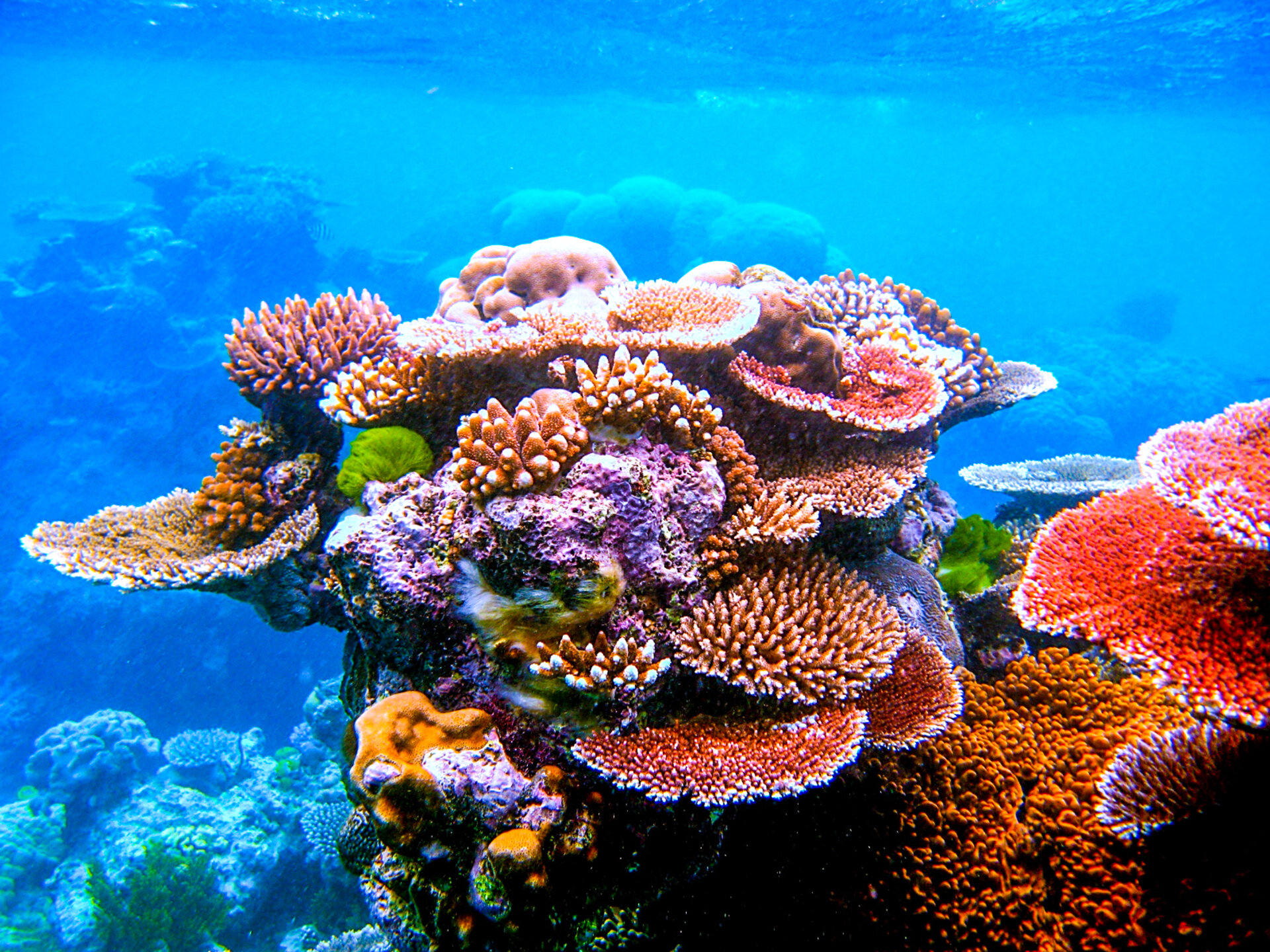
ESA The Great Barrier Reef is home to hundreds of types of coral
The bright colors that characterize many corals are actually various types of algae growing in the polyp's tissue.. Coral reefs not only provide marine species with a rich habitat, but they also assist people as well. Millions of people around the world rely on fish caught in and around coral reefs. The reefs also draw in tourists, which.

Glowing coral reef despite bleaching offers hope for recovery
Location: Coral Sea, Australia Size: Over 1,400 miles long Age: Formation began about 600,000 years ago Coral and fish species: Includes lettuce leaf coral, staghorn coral, seahorses, surgeonfish, and green sea turtles. Colorful feature: The Great Barrier Reef has been compared to a rainforest canopy.Aside from its seemingly endless array of corals, it is full of some of the most colorful fish.

Ocean sea tropical underwater color reef coral school wallpaper
In addition, there are about 85 more fluorescent pigment colors produced by colorful corals, typically cyan, green, yellow, and red, and they can even glow in the right lighting! These proteins absorb light of one color (wavelength) and emit (fluoresce) a different (lower energy wavelength) color. There are also other pigments produced by the.
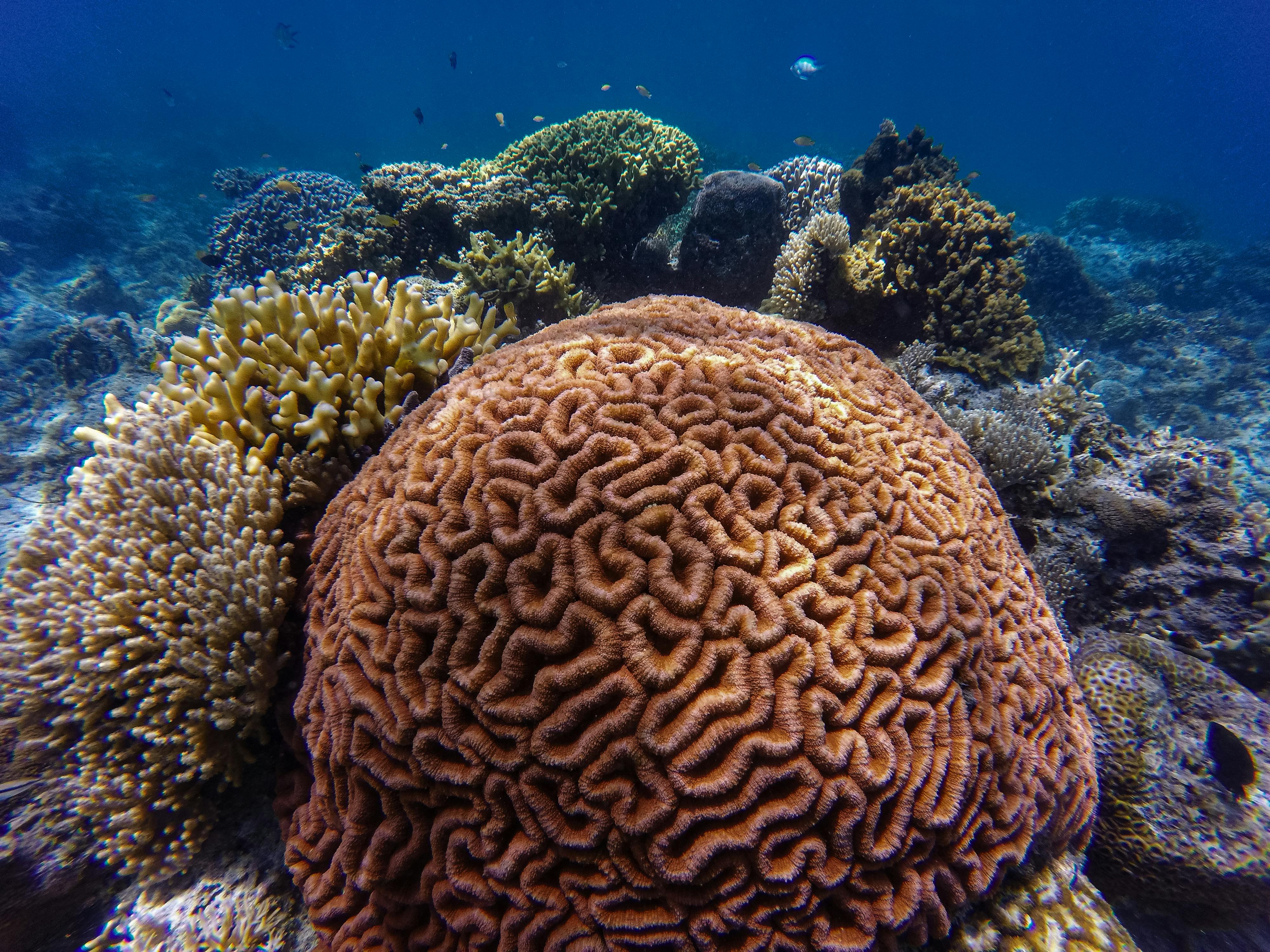
Coral Reef Underwater · Free Stock Photo
As the water warms, zooxanthellae are expelled from a coral's tissue, causing it to lose its color and a major source of food. This process is known as " coral bleaching." Coral bleaching does not always mean the death of a coral reef. Corals can recover their zooxanthellae in time, but the process requires cooler temperatures.